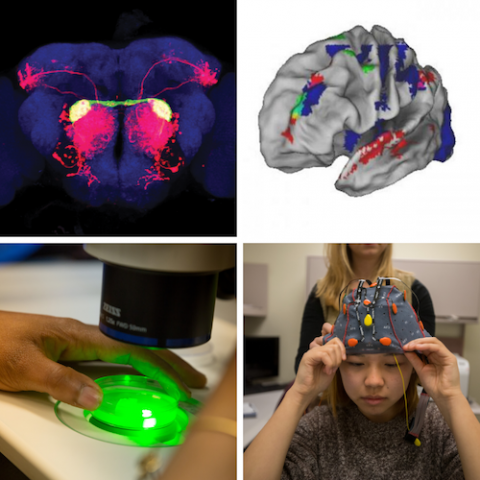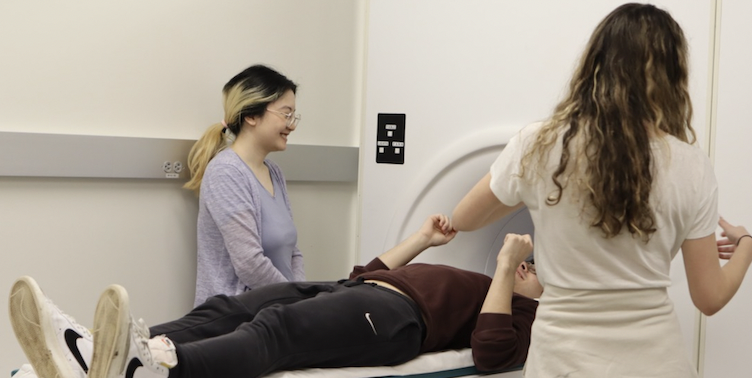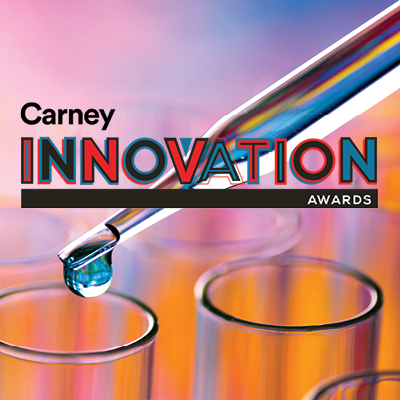Guest Column: Building a vision for innovation at Carney

As a society, we have a tremendous need for treatments and cures for neurological diseases and disorders. For example, the number of individuals with Alzheimer’s Disease worldwide will grow beyond 65 million by 2030. Knowledge of the brain promises to inform areas outside of brain science, such as effective education and policies that impact people’s lives. The Robert J. and Nancy D. Carney Institute for Brain Science has set as a priority to see that its affiliated faculty move their ideas and tools into the market to improve people’s lives.
The pharmaceutical industry is downsizing its internal neuroscience resources and making significant investments in the entrepreneurial start-up ecosystem. This allows pharmaceutical companies to do a broad series of investments across a wide array of new companies focused on a diverse portfolio of neuroscience approaches. In fact, investment in neuroscience through public, private and venture funds is substantial: venture and initial public offerings alone saw investments close to $7 billion in 2017. Private ventures and funders are looking to academia for the next big idea and, with the right programs in place, Carney can be a source for those ideas.
Since May, I have been conducting a comprehensive innovation study with John Davenport, managing director of the Carney Institute, and Brian Demers, director of business development at Brown University’s Office of Industry Engagement and Commercial Venturing. We found that Carney has a rich portfolio of ideas that could be moved from the bench to the clinic or marketplace.
During the first phase of the study, I focused on an initial subset of 35 Carney-affiliated faculty, representing the spectrum of research in brain science. From one-on-one interviews with these faculty members, I quickly learned the true interdisciplinary nature of scientific discovery at the institute. The depth and breadth of the Carney Institute is unparalleled, from the simplest model system of neurons and neuronal development, to the clinical application of disease-modifying therapies. The institute’s expertise in computational neuroscience underpins almost every aspect of Carney research.
Carney has a significant portfolio in neurotech/devices and in therapeutic development. Areas of strength with promising potential include neurotechnology and medical devices; novel circuit mapping and imaging technologies; computational modeling and brain-based algorithms; and novel therapeutic approaches for diseases including depression, neurodegenerative diseases, epilepsy, and rare neurological disorders such as Christianson Syndrome.
With Phase I complete, our innovation priorities study is providing the foundation for the Carney Institute to define near-term objectives such as developing programs to foster an entrepreneurial community, identifying opportunities for training, defining an institute intellectual property strategy, and developing external partnerships and commercialization strategies.
At the same time, we are beginning to explore one area in detail. Because of the profound unmet medical need in Alzheimer’s disease and related disorders, and the strong potential to attract partners and funding, we are beginning a new phase focusing on gathering a deep understanding of Brown’s efforts in Alzheimer’s disease and neurodegeneration. The diverse disciplinary strength and unique collaborative community at Brown and Carney provides the building blocks for us all to use sound science to make a real difference for society.
Patrice M. Milos, Ph.D., is an independent consultant and co-founder/CEO of Medley Genomics.



